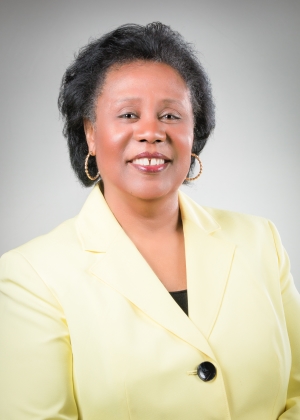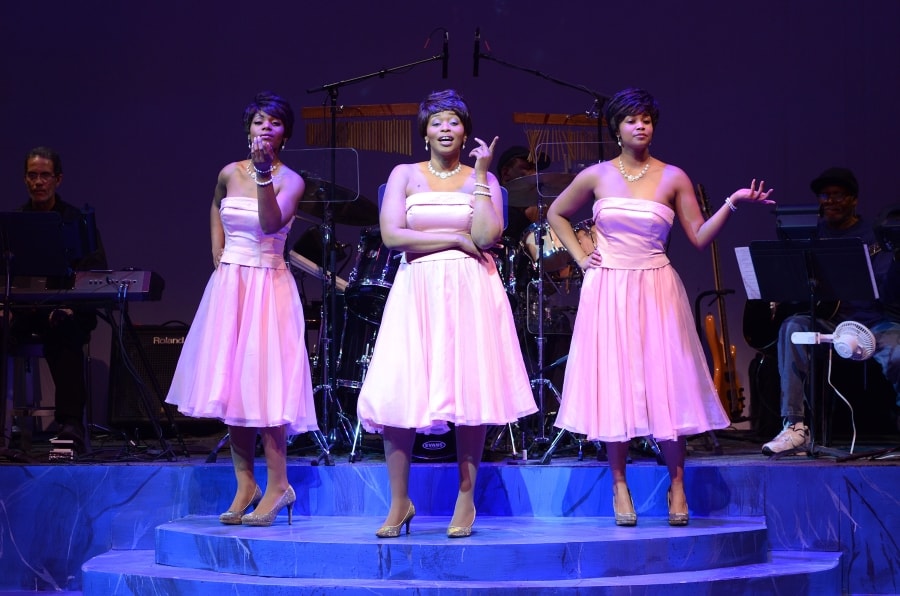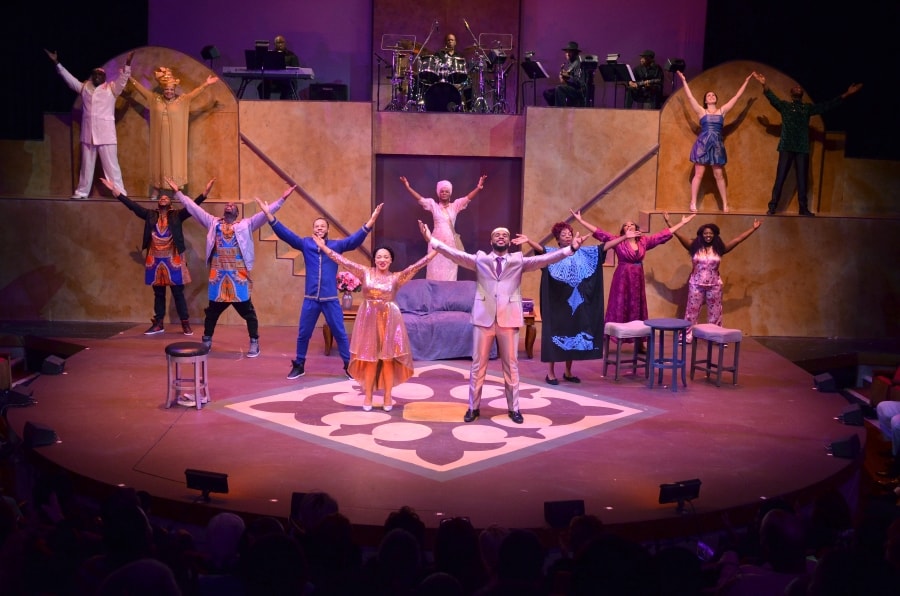CHICAGO: Black Ensemble Theater, located in the Uptown neighborhood of Chicago, has been a mainstay in the city’s theatre scene for more than three decades. The company creates all of its shows with the mission to bring races together in a community to embrace similarities and encourage dialogue. We caught up with founding artistic director Jackie Taylor via email to learn more about the company’s programming.

Who founded Black Ensemble Theater, when, and why?
I founded the Black Ensemble Theater in 1976. This was the time of black exploitation in films. I am an actress and had made my first film in 1975 with Cooley High, which was a positive message film against violence. I soon learned that Cooley High was an exception to the rule. At that time the kind of roles available to black women I found to be degrading and the messages were dehumanizing. I wanted to be proactive against these disgusting images and falsehoods, so I started the Black Ensemble Theater with the mission to eradicate racism, to perpetuate the greatness of African-American people, and to provide ongoing and consistent jobs for black artists/technicians, etc., in the world of theatre.
Tell us about yourself.
I am the founder, executive director, and CEO of the theatre. I started it in 1976 with a $5,000 loan. The first year our budget was $25,000, and today we operate on a budget of $4.5 million dollars and own our own building—the Black Ensemble Theater Cultural Center—for which we raised $25 million to build and operate.
To tell you a little more about myself, I stayed in films, and have worked with Sidney Poitier, Bill Duke, Ice Cube, Laurence Fishburne, Spike Lee, and several others through the years. I will only accept roles that are positive and uplifting and have a message that will benefit society.
What sets Black Ensemble Theater apart from others in your region?
Black Ensemble Theater is one of the most diversified theatres in the country. Our audiences are made up of many different ethnicities. We are successful at attracting all kinds of people because our productions go beyond the concept of race and display commonalities we have as human beings. Our productions portray African-American history and culture. Our messages are cross-cultural and break down the bridges that divide us. People of all colors and kinds come and recognize themselves within our productions.
We also have a strong educational outreach arm of our organization. As a former teacher, I have designed programs that teach the curriculum through theatre arts and provide teachers with solid and successful classroom management skills. Approximately 13,000 youth participate in our five educational outreach programs on an annual basis.

Who is your audience?
The demographics of our audiences as it relates to our productions are 45 percent African American, 40 percent Caucasian, and 15 percent other. Eighty-five percent of our audiences are from the Chicagoland area, and 15 percent of our audience is from various parts of the country. Our educational outreach programs serve about 95 percent African-American youths.
Tell us about your favorite theatre institution other than your own, and why you admire it.
I love Victory Gardens Theater because they have always been an inclusive theatre since they started in the early ’70s, providing opportunities for African-American artists when it was not popular and they continue that tradition today. They also develop playwrights of differing ethnicities and are always working on contributing new works to the theatre arena.
How do you pick the plays you put on your stage?
All of our plays are written specifically for Black Ensemble Theater. We write all of our productions, and we produce mainly musicals. We have a playwright’s initiative called the Black Playwrights Initiative (BPI), which has about 20 members. The purpose of the BPI is to write plays for the Black Ensemble Theater that will serve our mission to eradicate racism. We also utilize music in all of our productions, because music has already crossed cultural barriers and continues to bring people together on many levels.
What’s your annual budget, and how many artists do you employ each season?Our annual budget is $4.5 million. We employ about 150 artists per year.
What show are you working on now?
We have a full season of world premieres coming up. Our season this year is titled “The Theatre Dance Season,” because all of the productions are centered on famous dancers and dance eras. This year we will produce musicals based on the Nicholas Brothers, Josephine Baker, Sammy Davis Jr., the Harlem Renaissance, and a fictional dance play.

Strangest or funniest thing you’ve ever seen (or put) on your stage?
The funniest play that we have put on for the past 40 years—we produce it every two years—is our production The Other Cinderella, which is the Cinderella story told from a black perspective. Cinderella was born in the projects, the FGM (Fairy Godmother) is from Jamaica, the Stepmama works at the post office, and the brothers are from the hood. There is the traditional King, Queen, and Prince, and in this Kingdom everybody has soul. For 40 years this play continues to be an audience favorite and has sold out every single time that it is produced. We have people who have seen it more than 10 times. And it is wonderful to see so many different generations enjoying this holiday treat.
What are you doing when you’re not doing theatre?
I’m working on several new initiatives that will insure the longevity of the Black Ensemble Theater beyond my lifetime.
What does theatre—not just your theatre, but the American or world theatre—look like in, say, 20 years?
It is my hope that in 20 years the American theatre will understand that no matter the race, creed or color, all theatre is a major part of the American theatre scene. It is my hope that in 20 years American theatre will understand and recognize that black theatre is a major and dominant force in American theatre, and has played major roles in its development. It is my hope that in 20 years we will be a society that accepts our sameness and respects our differences and the American theatre will reflect that concept.


